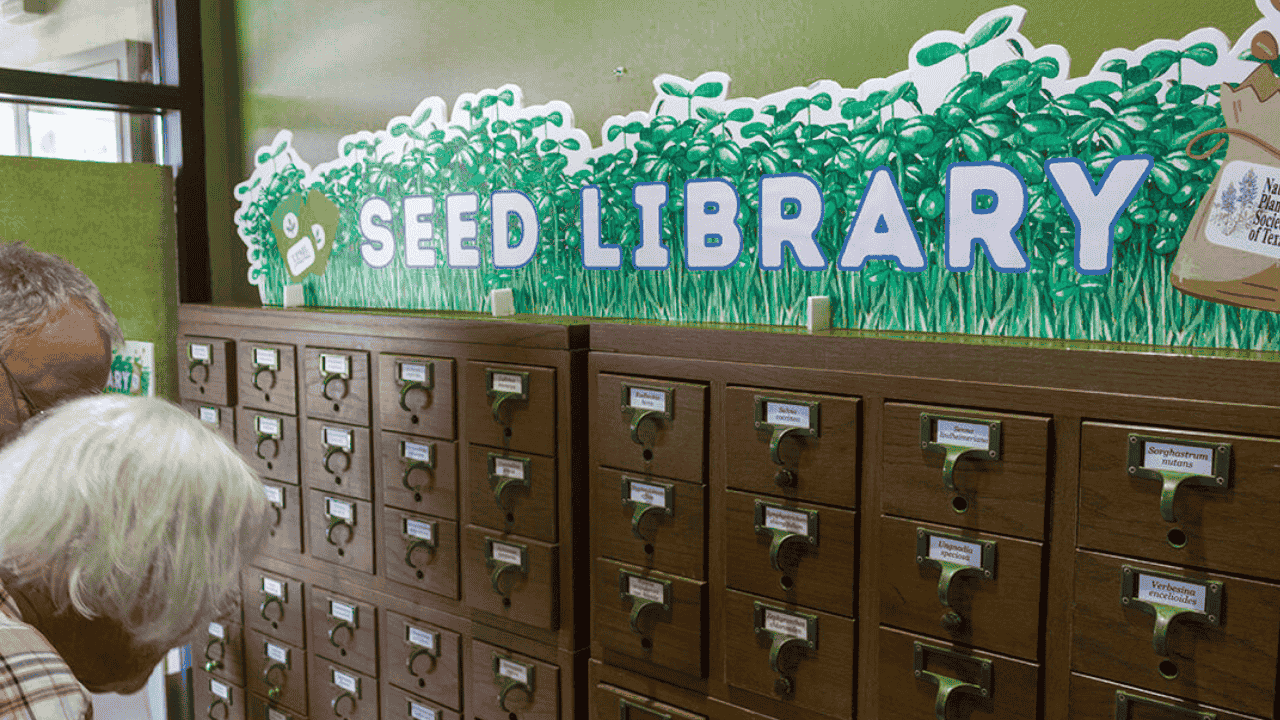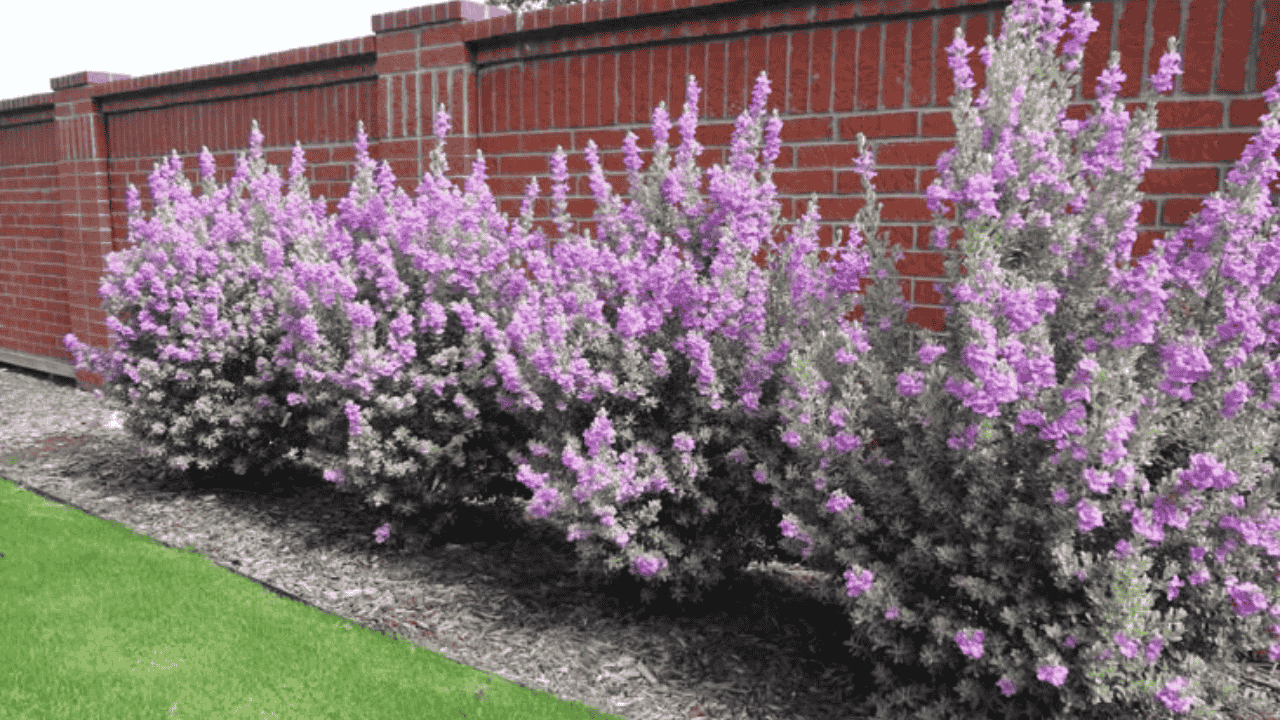If you’ve noticed your Texas sage (also known as Cenizo, Purple Sage, or Leucophyllum frutescens) looking less vibrant lately, with leaves turning yellow instead of staying that healthy silvery-green — don’t panic. You’re not alone. Many gardeners, especially in USDA zones 7–10 where Texas sage thrives, run into this issue at some point.
In this post, we’ll know the most common reasons why Texas sage turns yellow, how to fix it, and what you can do to keep your plant thriving year-round.

1. Too Much Water – The #1 Culprit
Texas sage is a true desert native. It’s used to dry, rocky soils and doesn’t like having “wet feet.” Overwatering is by far the most common reason for yellowing leaves.
Signs of overwatering:
- Leaves turning pale yellow or even brown
- Mushy or soft stems near the base
- Soil that stays damp for days
Solution:
- Water only when the top 2–3 inches of soil are bone dry.
- Make sure the plant is in well-draining soil — sandy or gravelly is ideal.
- If it’s in a pot, check that the container has proper drainage holes.
2. Poor Drainage or Heavy Soil
Even if you’re not watering too often, poor soil drainage can still cause root rot and yellowing leaves. Texas sage hates clay-heavy soils that stay soggy after rain.
What to do:
- Amend heavy soil with sand, gravel, or organic matter to improve drainage.
- Consider planting it on a slight mound or slope so water drains away from the roots.
3. Lack of Sunlight
Texas sage loves full sun — at least 6 to 8 hours of direct sunlight a day. If it’s in too much shade, it can start looking weak and develop yellow leaves.
Quick fix:
- If possible, transplant it to a sunnier location.
- Trim nearby plants or trees that might be blocking sunlight.
4. Nutrient Imbalance (But Don’t Overdo Fertilizer!)
Texas sage is adapted to poor, rocky soils and usually doesn’t need much fertilization. However, if your soil is severely lacking in nutrients — especially iron — it can cause chlorosis (yellowing between the veins of leaves).
Tip:
- Do a soil test to check for deficiencies.
- Use a mild, balanced fertilizer once a year in early spring if needed.
- If yellowing is more between the leaf veins, try a chelated iron spray.
Important: Avoid over-fertilizing — too much nitrogen will actually harm Texas sage and encourage leggy, weak growth.
5. Natural Leaf Shedding or Seasonal Change
Sometimes, older leaves naturally yellow and drop off — especially during seasonal shifts or after extreme weather like heatwaves or frost. This isn’t usually a cause for concern.
What to watch:
- If yellowing is only on older, lower leaves and the new growth looks fine — relax! Your plant is just doing some natural cleanup.
6. Pests or Diseases (Rare but Possible)
Texas sage is tough and rarely bothered by pests or disease, but it’s not completely immune.
Watch out for:
- Spider mites (tiny red or white dots under leaves)
- Root rot (usually caused by overwatering)
- Fungal issues (only in humid or poorly drained areas)
If you suspect pests:
- Spray with neem oil or insecticidal soap.
- Trim affected areas and improve airflow around the plant.
Bonus Tip: Don’t Baby Your Texas Sage
Many new gardeners are too kind to their Texas sage — watering too much, feeding too often, or planting it in rich soil. But this is a plant that loves neglect. The more you treat it like a rugged, independent shrub, the better it will thrive.
Yellowing leaves on Texas sage can be frustrating, but once you figure out the root cause — usually water-related — it’s easy to get it back on track. Just remember: dry soil, full sun, and tough love are key to keeping this drought-hardy beauty happy.
Have your own tips or experience reviving a yellowing Texas sage? Share them in the comments — let’s grow better together.




